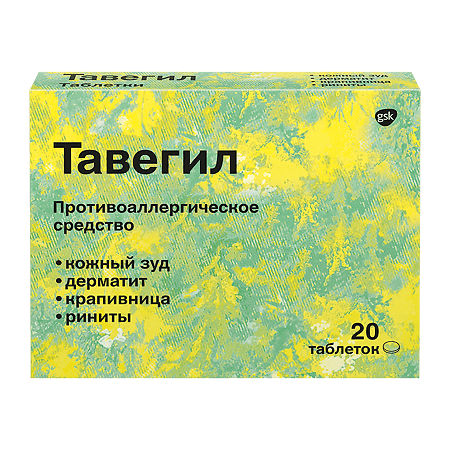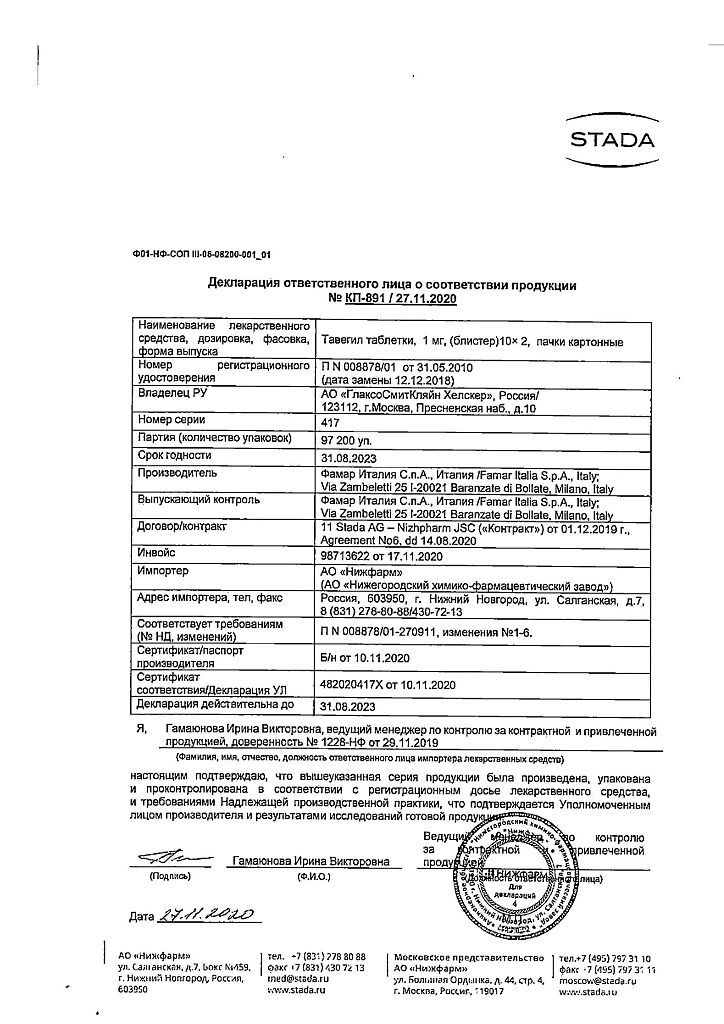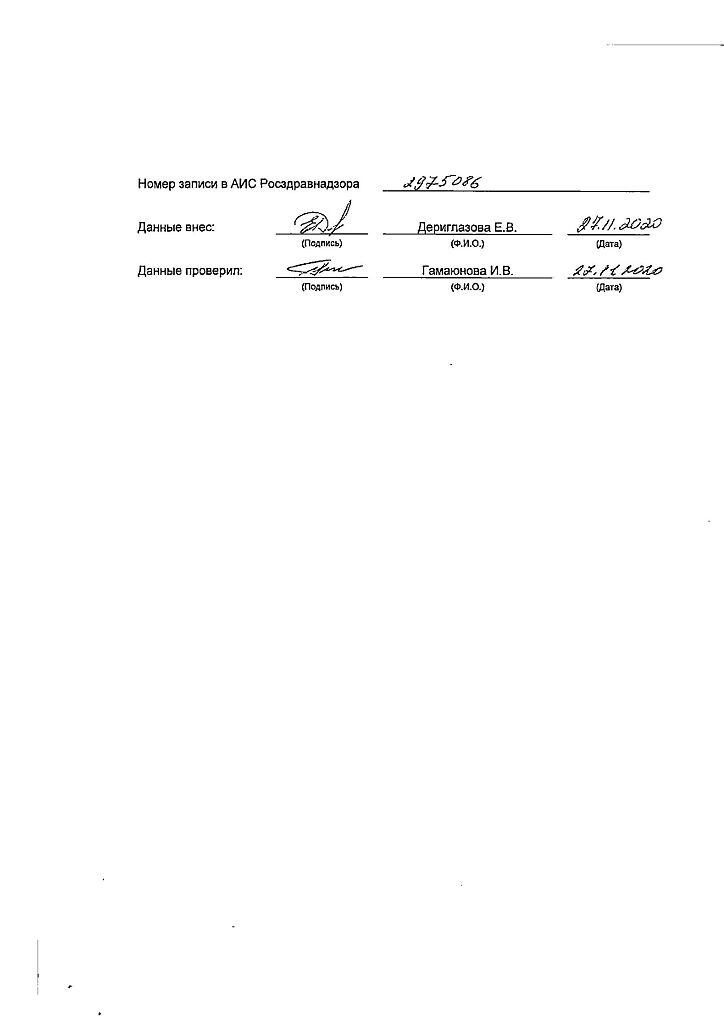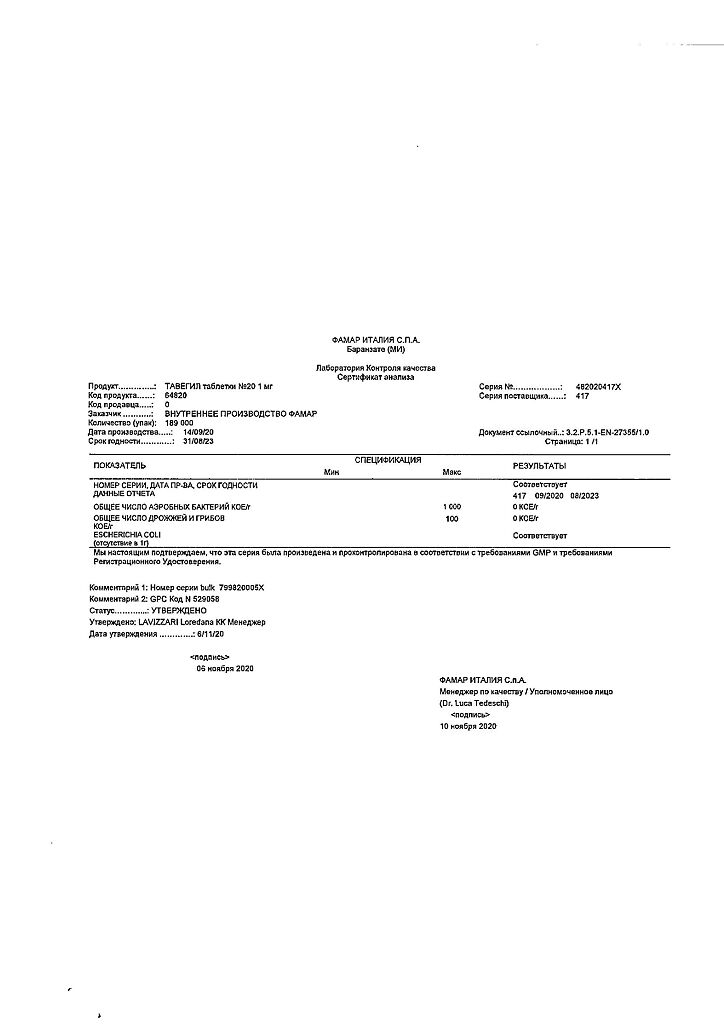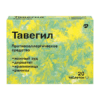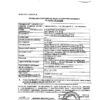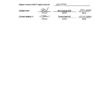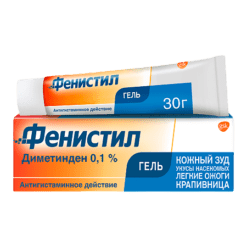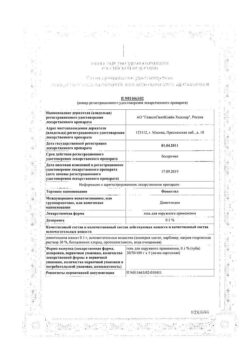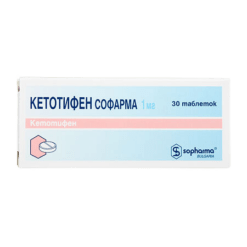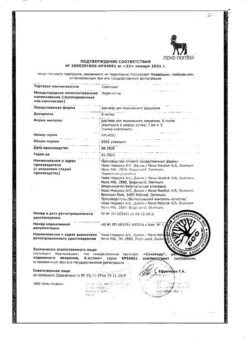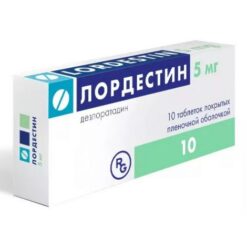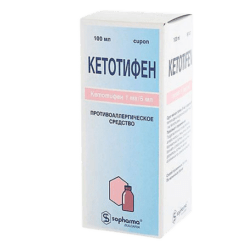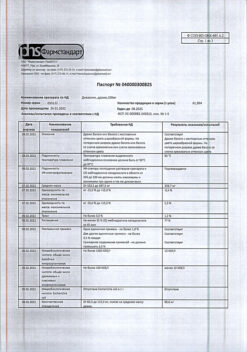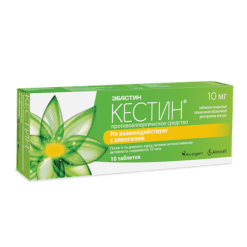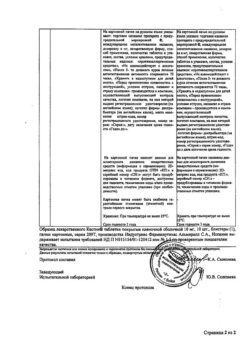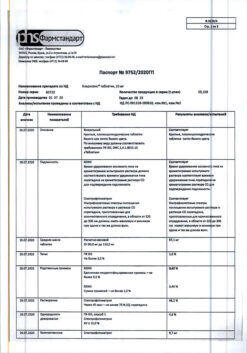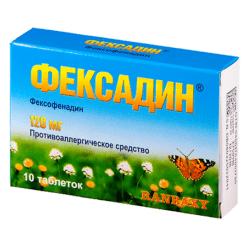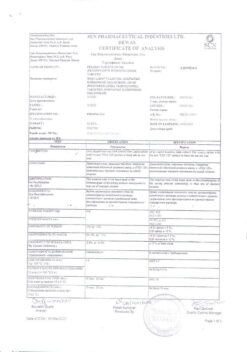No products in the cart.
Description
With antiallergic effect, it reduces vascular and capillary permeability, inhibits exudation and edema formation, reduces itching, has m-cholinoblocking effect.
Intestation
After oral administration, clemastine fumarate (clemastine) is almost completely absorbed from the gastrointestinal tract. Maximum plasma concentrations are reached after 2-4 hours. Antihistamine action of the drug reaches its maximum after 5-7 hours; as a rule, the effect lasts up to 10-12 hours, in some cases up to 24 hours.
Distribution
The binding to plasma proteins is 95%.
Metabolism
Clemastine undergoes significant metabolism in the liver.
The excretion
The plasma excretion is biphasic, with respective half-lives of 3.6 ± 0.9 h and 37 ± 16 h. Metabolites are eliminated mainly by the kidneys (45-65%); unchanged active substance is found only in trace amounts in urine.
A small amount of clemastine may penetrate into breast milk during breastfeeding.
Indications
Indications
Hay fever (hay fever, including allergic rhinoconjunctivitis);
urticaria of various origins;
itching, pruritic dermatoses;
acute and chronic eczema, contact dermatitis;
drug allergies;
insect bites.
Pharmacological effect
Pharmacological effect
H1-histamine receptor blocker, belongs to the benzhydryl ether group of antihistamines. It has a strong antihistamine and antipruritic effect with a rapid onset of action and duration of up to 12 hours, prevents the development of vasodilation and contraction of smooth muscles induced by histamine.
Possessing an antiallergic effect, it reduces the permeability of blood vessels and capillaries, inhibits exudation and the formation of edema, reduces itching, and has an anticholinergic effect.
Suction
After oral administration, clemastine fumarate (clemastine) is almost completely absorbed from the gastrointestinal tract. Maximum concentrations in blood plasma are reached after 2-4 hours. The antihistamine effect of the drug reaches its maximum after 5-7 hours; as a rule, the effect lasts up to 10-12 hours, in some cases up to 24 hours.
Distribution
Communication with blood plasma proteins is 95%.
Metabolism
Clemastine undergoes significant metabolism in the liver.
Removal
Elimination from plasma is biphasic, the corresponding half-lives are 3.6 ± 0.9 hours and 37 ± 16 hours. Metabolites are excreted mainly by the kidneys (45 – 65%); the unchanged active substance is found in the urine only in trace amounts.
During breastfeeding, small amounts of clemastine may pass into breast milk.
Special instructions
Special instructions
To prevent distortion of the results of skin prick tests for allergens, the drug must be discontinued 72 hours before allergy testing.
The tablets contain lactose, so the drug is not recommended for use in patients suffering from rare congenital diseases associated with galactose intolerance, severe lactase deficiency and glucose-galactose malabsorption.
Use in pediatrics
Tavegil® in tablet form is contraindicated in children under 6 years of age. For the treatment of children over 1 year of age, Tavegil® can be used in the form of a solution for intravenous and intramuscular administration.
Impact on the ability to drive vehicles and operate machinery
Clemastine has a slight sedative effect (from weak to moderate in intensity), therefore patients taking Tavegil® are advised to refrain from driving vehicles, operating machinery, as well as from other activities that require increased attention and speed of psychomotor reactions.
Active ingredient
Active ingredient
Clemastine
Composition
Composition
Active ingredient:
clemastine 1 mg, which is equivalent to 1.34 mg clemastine hydrofumarate.
Excipients:
lactose monohydrate,
povidone (polyvinylpyrrolidone),
corn starch,
magnesium stearate,
talc.
Pregnancy
Pregnancy
The use of the drug during pregnancy and breastfeeding is contraindicated.
Contraindications
Contraindications
Diseases of the lower respiratory tract (including bronchial asthma);
simultaneous use of MAO inhibitors;
children under 6 years of age;
pregnancy;
lactation (breastfeeding);
hypersensitivity to the components of the drug.
Tavegil® should be used with caution in patients with a stenosing gastric ulcer, with pyloroduodenal obstruction, with obstruction of the bladder neck, as well as prostatic hypertrophy, accompanied by urinary retention, with increased intraocular pressure, hyperthyroidism, diseases of the cardiovascular system (including arterial hypertension).
Side Effects
Side Effects
Determination of the frequency of adverse reactions: very often (≥1/10); often (≥1/100, <1/10); uncommon (≥1/1000, <1/100); rare (≥1/10,000, <1/1000); very rare (< 1/10,000).
From the nervous system: often – increased fatigue, drowsiness, sedation, weakness, feeling tired, lethargy, impaired coordination of movements; infrequently – dizziness; rarely – headache, tremor, stimulating effect.
From the digestive system: rarely – dyspepsia, nausea, vomiting, gastralgia; very rarely – constipation, dry mouth; in some cases – loss of appetite, diarrhea.
From the respiratory system: rarely – thickening of bronchial secretions and difficulty in sputum separation, a feeling of pressure in the chest and difficulty breathing, nasal congestion.
From the cardiovascular system: rarely – decreased blood pressure (more often in elderly patients), extrasystole; very rarely – palpitations.
From the senses: rarely – impaired clarity of visual perception, diplopia, acute labyrinthitis, tinnitus.
From the urinary system: very rarely – frequent urination, difficulty urinating.
From the hematopoietic system: rarely – hemolytic anemia, thrombocytopenia, agranulocytosis.
Dermatological reactions: rarely – skin rash, photosensitivity.
Allergic reactions: rarely – anaphylactic shock.
Interaction
Interaction
Tavegil® potentiates the effect of drugs that depress the central nervous system (hypnotics, sedatives, tranquilizers), m-anticholinergics, and ethanol.
Incompatible with simultaneous use of MAO inhibitors.
Overdose
Overdose
Symptoms: an overdose of antihistamines can lead to both depressive and stimulating effects on the central nervous system. Stimulation of the central nervous system is more often observed in children. Manifestations of anticholinergic action may also develop: dry mouth, fixed dilated pupils, flushing of blood to the upper half of the body, gastrointestinal disorders (nausea, epigastric pain, vomiting).
Treatment: if the patient does not vomit spontaneously, then it should be induced artificially (only if the patient’s consciousness is preserved). If 3 hours or a little more have passed since taking the drug, you can perform gastric lavage using isotonic sodium chloride solution. You can also prescribe a saline laxative. Symptomatic therapy is also indicated.
Short product description
Short product description
Tavegil is a first generation antihistamine.
Active ingredient: clemastine hydrofumarate *.
Available in ampoules and tablets (10 and 20 pieces).
* Instructions for medical use, RU P N008878/02 dated 06/02/2010
Storage conditions
Storage conditions
Store at a temperature not exceeding 30°C.
Keep out of the reach of children.
Shelf life
Shelf life
5 years.
Manufacturer
Manufacturer
SmithKline Beecham S.A., Spain
Additional information
| Shelf life | 5 years. |
|---|---|
| Conditions of storage | Store at temperatures not exceeding 30 ° C. Keep out of reach of children. |
| Manufacturer | SmithKlein Beecham S.A., Spain |
| Medication form | pills |
| Brand | SmithKlein Beecham S.A. |
Related products
Buy Tavegil, tablets 1 mg 20 pcs with delivery to USA, UK, Europe and over 120 other countries.

